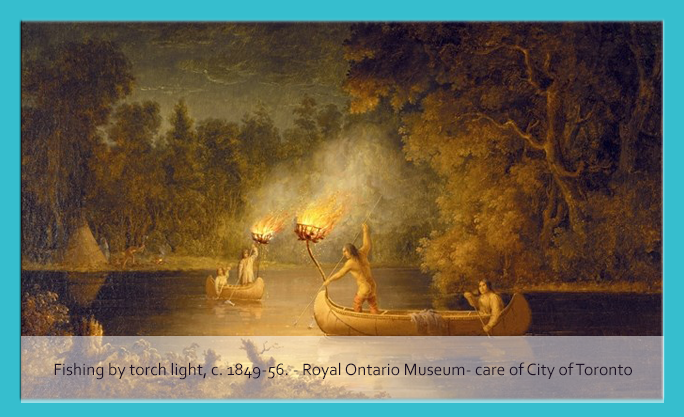Aboriginal people have been living in the Toronto area for thousands of years. There is evidence that the Toronto areas was an important stopping off point along a major migration and trading route and that permanent settlements have been in place for centuries. During the historical period, the area was important for fishing, hunting and served as a centre for trade.3 Through a series of informal treaties and land acquisitions, non-Aboriginal people acquired control of the land in and around what is now Toronto. It is important to recognize and acknowledge that the Toronto area is part of the traditional territory of the Mississauga of the New Credit. The inclusion of an Aboriginal person on the Coat of Arms of the City of Toronto in 1834 is a recognition of the Mississauga place in the history of the area. More recently, Aboriginal people have been moving to the GTA in significant numbers since the end of the Second World War.
Toronto currently has the largest Aboriginal population of any city in Ontario. The 2006 Census counted 31,910 people who identified as Aboriginal in the GTA, a 33% increase from the 2001 Census and 69,820 individuals in the GTA who had Aboriginal ancestry, an increase of 31% since 2001. Despite the long history of migration to Toronto, there has been little systematic in-depth research pertaining to Aboriginal people.
Therefore, there was a sense that the time was right to undertake a major study to ascertain the nature of the Aboriginal community in Toronto. It is clear that many Aboriginal people are struggling to attain a viable economic existence and satisfactory lifestyle in the GTA.
Poverty, lack of adequate housing, homelessness, unemployment and underemployment, poor health, racism, single parent families and other social and economic challenges make it difficult to establish a viable Aboriginal community in the city. At the same time, a diversity of Aboriginal and non-Aboriginal organizations are in place to assist Aboriginal people experiencing problems. Their efforts have frequently had positive impacts and helped Aboriginal people overcome their challenges. In addition, there now exists a large Aboriginal middle class in the GTA composed of individuals who are economically successful and living stable lifestyles. In many cases these individuals wish to participate in, and contribute to, the formation of a vibrant Aboriginal community in Toronto; a community which sustains a strong Aboriginal identity and culture.
The situation of Aboriginal people in Toronto is complex and it is clear that there remain substantial unmet needs. Thus, there is a need for research which provides an empirical database which presents a comprehensive picture of the demographics and mobility patterns of Aboriginal people, examines specific topics pertaining to Aboriginal people, addresses the ways in which Aboriginal people define their identity and culture in the city, investigates the roles and effectiveness of Aboriginal organizations in meeting the needs of Aboriginal people in Toronto, speaks to the roles and responsibilities of different levels of government for urban Aboriginal people, articulates unmet needs and makes recommendations regarding the development of effective policies and programs to meet the needs of Aboriginal people in Toronto. Having accurate and comprehensive empirical data
regarding the situation of Aboriginal people in Toronto will assist all stakeholders, including personnel of Aboriginal organizations and government policy makers, make informed decisions. It is hoped that the TARP recommendations emerging from the research will result in important progress in service delivery, policy and program development and community formation that will enhance the quality of life for Aboriginal people in Toronto.

